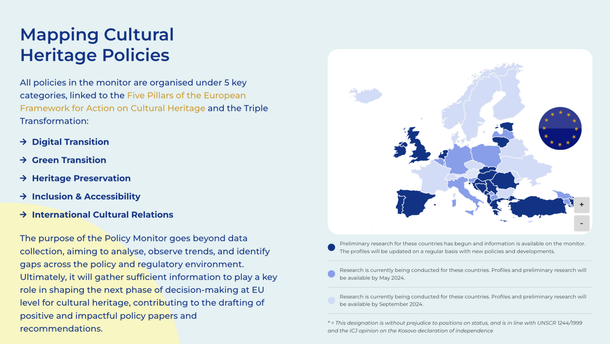The report explains the role of emotions in designing museums: how emotions are a pre-condition for learning and how they facilitate emotional experiences and even aim to foster empathy in visitors. Museums should operate with a ‘trigger - emotions’ effect in mind to better connect with audiences.
Emotions have become a trend in several research fields related to human behaviour and knowledge. Especially recent neuroscience research confirms that without emotions, we would never be able to make a decision. Emotions pervade our actions, motivate our choices, make our experiences sensory and memorable. Museums need to tap into this in order to stay relevant. Museums are more than just exhibition spaces and are above all places for research, learning, growth as well as improving wellbeing by exchanging ideas and socializing. When visitors are emotionally involved, stories become unforgettable and memorable experiences are created.
The selected authors of the report have analysed the relationship between emotions and learning in museums from different perspectives. They have adopted an interdisciplinary method to rethink ‘Emotional Museums’ as co-creative and experiential spaces. Spaces where the emotional effect is used as a mean to motivate access to the researched contents by using emotions to stimulate the attention, curiosity and interest of the public.
- Access our library of resources.
The NEMO Working Group LEM – the Learning Museum explores topics relating to the fields of museum education, audience development, intercultural dialogue and lifelong learning. They organise exchanges and learning through regular study visits to different museums, as well as producing studies and reports.





